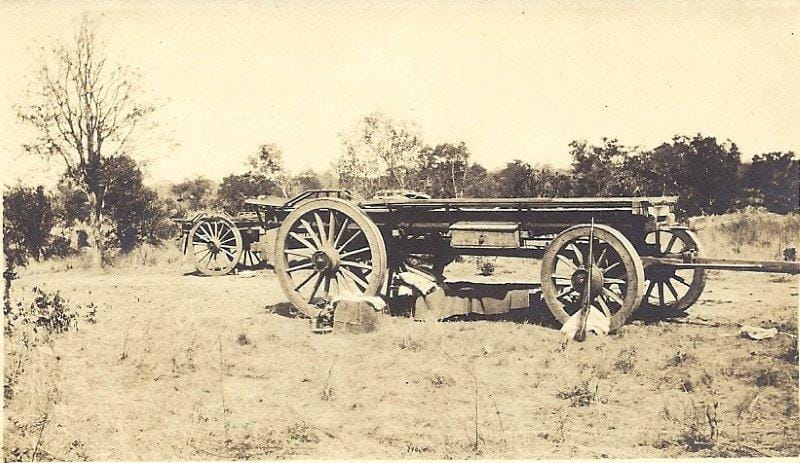Rhodesian Ingenuity

Gervas Hughes’ wagons for transporting firewood to the mines were always in need of repair
Rhodesian Ingenuity
Rhodesia was not regarded as the promised land for those seeking a fortune in the early years before WWII. Rather it was a place where those who found it hard to get a job in Britain might make a living. Immigration into Rhodesia was on a small scale. Every year about a third of newcomers found they didn’t fit in, couldn’t shift for themselves and drifted back. Those who had initiative, drive and individuality to make a success in the difficult conditions, remained. Gervas Hughes was one of those hardy souls and he took it upon himself to share his knowledge with his assistant Brian Freyburg.
Rhodesian Ingenuity
Under the same roof as Gervas’ town office was a hammer mill, run by a Ruston Hornsby single cylinder horizontal engine. To start it, a lever was used to pump diesel into the injector causing it to vaporise at the top of the compression stroke. He later improvised a firework starter, using cardboard soaked in saltpetre, previously dried and cut into suitable strips. The firework was screwed into the cylinder head. Everything was very primitive and ‘do it yourself.
At the back of the building was a forge with hand bellows plus an anvil. There was a tree growing in line with the shed wall, so Gervas built around it to have shade for a leg vice, where most of the work was done.
Gervas was a great innovator. He was always repairing a wagon in the yard, often strengthening the original design. A broken disselboom (wagon drawbar) was the most common casualty, so off to the bush he went to find as straight a tree as possible to replace it. That entailed drilling to fit the straps to secure it to the wagon, and still ensure that the pole was in line with the wheels. If the tree was not straight this meant boring crooked holes for the supporting bolts.
He bought old lorry bodies, and contracted the blacksmith to make flat steel ring turntables for the fore-carriages. Using a brace and bit, Brian, his young assistant from Johannesburg, drilled holes in the top of the chassis to bolt the wagons beds at the same height as railway platforms. Mules pulled these rubber tyred wagons to transport goods from the railway station. The decrease in friction compared to the steel wheeled wagons was so great that two mules could pull a load from the station, up the slope past the office at a trot, where four could only walk up before!
After WWII it was discovered that half of the Rhodesians who had volunteered became officers. This capacity to command was unrivaled in the British Commonwealth.
Many Thanks to Tim Hughes of Queensland, Australia for the picture and the excerpts from his unpublished manuscript Matambega and Son written in the 1980’s.
